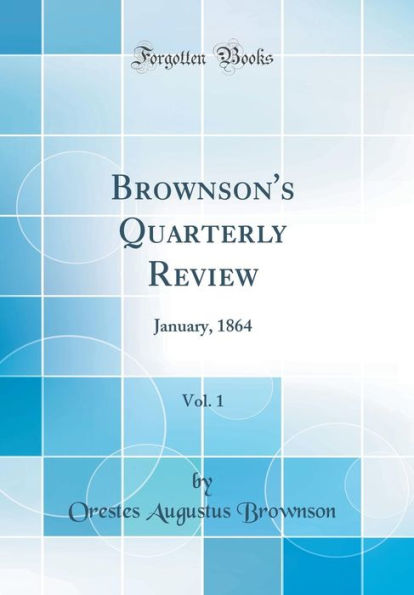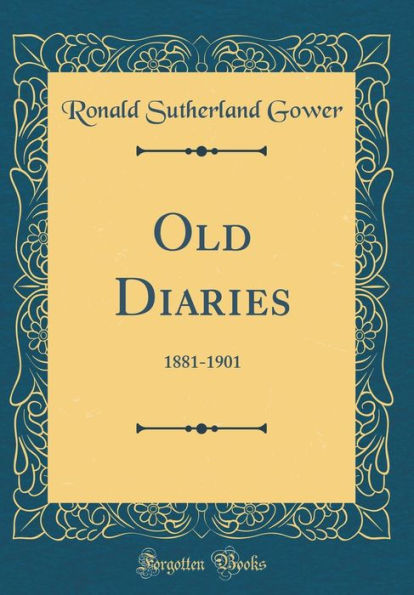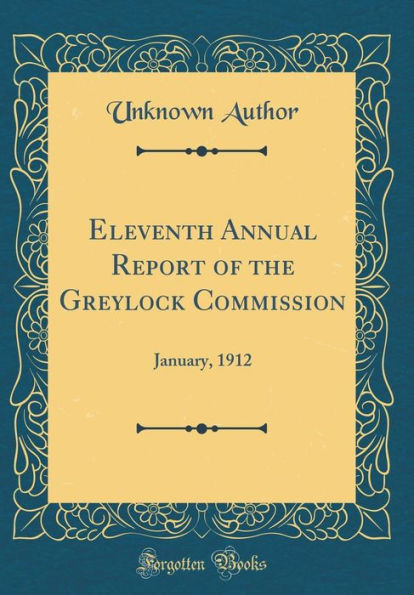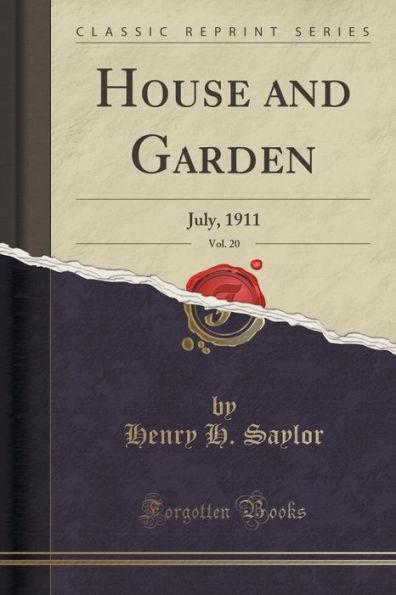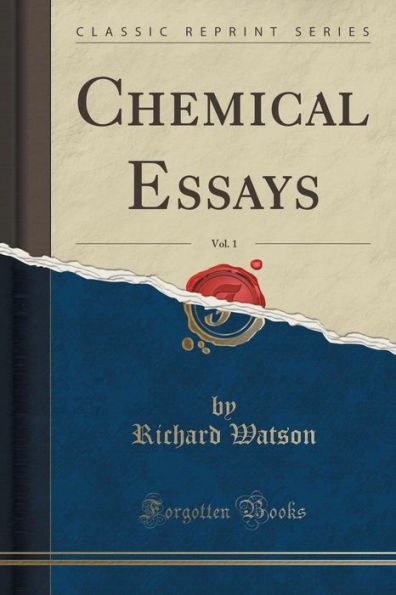Home
Active-Service Diary: 21 January 1917 1 July (Classic Reprint)
Loading Inventory...
Barnes and Noble
Active-Service Diary: 21 January 1917 1 July (Classic Reprint)
Current price: $25.98


Barnes and Noble
Active-Service Diary: 21 January 1917 1 July (Classic Reprint)
Current price: $25.98
Loading Inventory...
Size: Hardcover
*Product Information may vary - to confirm product availability, pricing, and additional information please contact Barnes and Noble
Excerpt from Active-Service Diary: 21 January 1917 1 July 1917
Edward hornby shears was born in Liverpool on December 4, 1890. His preparatory school was The Leas, Hoylake (1900 In July, 1904, he obtained a Foundation Scholarship at Bradfield, and in December 1908 a History Exhibition at Trinity College, Oxford. He went up to Oxford in October, 1909, and obtained a second in Mods in 1910, and a first in Greats in 1913. In September, 1913, he passed into the Home Civil Service, and was appointed to the Secretaries' Department of the General Post Office. A year later (october, 1914) he became Principal Private Secretary to the Post master-general, Mr. (now Sir Charles) Hobhouse. He had been refused official permission to join the army at the outbreak of the War, but he received it in May, 1915, and obtained a commission in the 3/4th Queen's (royal West Surrey) Regiment. A few months later he was promoted to lieutenant. After training for a year and a half in England, and having no apparent prospect of being sent to the front, he obtained a transfer to the Irish Guards, in which he received his commission as ensign inmoted to lieutenant (dating from October 18, He was killed in action at Boesinghe on July 4, 1917, and on the following day he was buried at Canada Farm, Elverdinghe, near Ypres.
About the Publisher
Forgotten Books publishes hundreds of thousands of rare and classic books. Find more at www.forgottenbooks.com
This book is a reproduction of an important historical work. Forgotten Books uses state-of-the-art technology to digitally reconstruct the work, preserving the original format whilst repairing imperfections present in the aged copy. In rare cases, an imperfection in the original, such as a blemish or missing page, may be replicated in our edition. We do, however, repair the vast majority of imperfections successfully; any imperfections that remain are intentionally left to preserve the state of such historical works.
